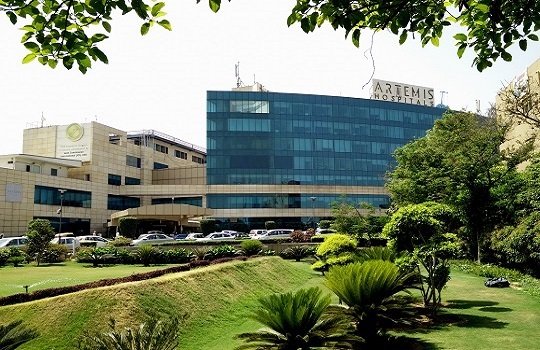Tracheostomy is a surgical procedure that involves creating an opening in the front of the neck to access the trachea (windpipe) directly. This surgical intervention is performed for various medical reasons, primarily to ensure a clear airway and facilitate breathing in individuals with certain health conditions.
Key Aspects of Tracheostomy:
- Indications: Tracheostomies are performed in situations where maintaining a clear and stable airway is crucial. Common indications include:
- Airway Obstruction: In cases of severe upper airway obstruction due to trauma, infection, tumors, or congenital anomalies.
- Long-Term Ventilation: For individuals who require long-term mechanical ventilation, often due to conditions like neuromuscular disorders, spinal cord injuries, or chronic respiratory failure.
- Aid in Airway Management: To assist in airway management during surgeries or procedures that require extended periods of unconsciousness, such as certain surgeries, trauma care, or intensive care.
- Surgical Technique: The tracheostomy procedure involves making an incision in the front of the neck, usually below the level of the cricoid cartilage. A small opening is created in the trachea, and a tracheostomy tube is inserted into this opening to maintain a patent airway. The tube is secured in place with sutures or a specialized device.
- Types of Tracheostomy Tubes: Tracheostomy tubes come in various sizes and designs, including those with cuffs to help seal the airway and those without cuffs for easier speaking and swallowing. The choice of tube depends on the individual's specific needs.
- Anesthesia: Tracheostomies are typically performed under general anesthesia to ensure that the patient is asleep and comfortable during the procedure.
- Recovery and Care: After the procedure, ongoing care is required to maintain the tracheostomy tube, ensure its proper function, and prevent complications such as infection or tube blockage. Individuals with tracheostomies may require specialized training and equipment for at-home care.
- Risks and Complications: Tracheostomy is a relatively safe procedure, but it does carry certain risks, including bleeding, infection, tube displacement, or damage to surrounding structures. Regular follow-up care with a healthcare provider is essential to monitor the tracheostomy and address any issues promptly.
- Long-Term Use: Tracheostomies can be temporary or permanent, depending on the underlying medical condition. In some cases, individuals may eventually be weaned from the tracheostomy tube and return to breathing through the nose and mouth.
Tracheostomy is a critical surgical procedure that can be life-saving for individuals with severe airway issues or those who require long-term ventilatory support. It enables safe and controlled access to the trachea, ensuring the essential function of breathing. The decision to perform a tracheostomy is made based on the patient's medical needs and is typically made in consultation with a team of healthcare professionals, including surgeons and critical care specialists.









